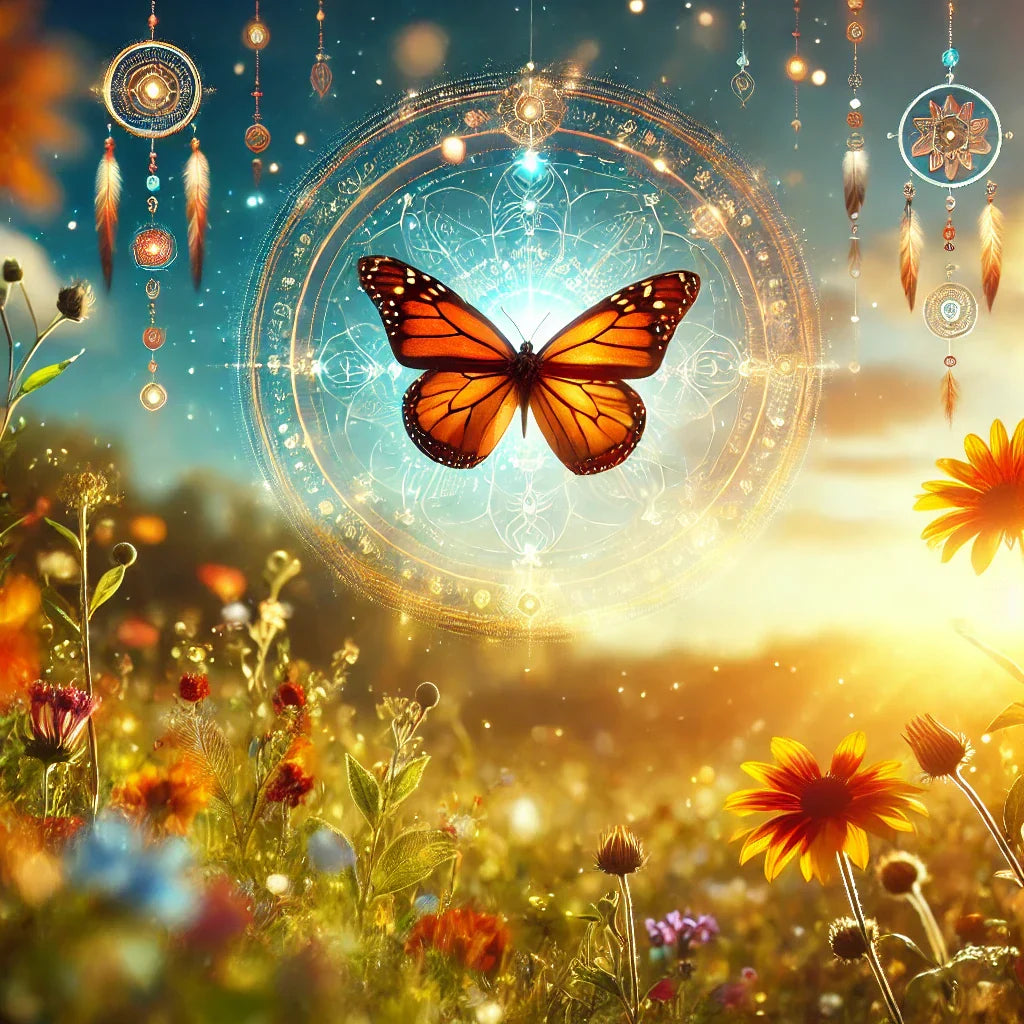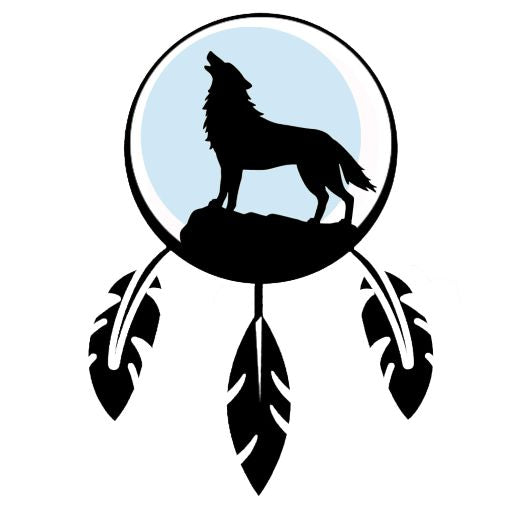The meaning of the butterfly among indigenous peoples

The butterfly, a universal symbol of transformation and change, holds a special place in many Indigenous cultures across North America. Among these peoples, the butterfly is often seen as a spiritual messenger, bringing metamorphosis, renewal, and hope. Each Indigenous nation attributes unique meanings to the butterfly, while sharing a common appreciation for its beauty and mystery. Let’s explore the different meanings of the butterfly among Indigenous peoples.
The butterfly as a symbol of transformation
In many Indigenous nations, the butterfly is a powerful symbol of personal transformation. The process of a caterpillar metamorphosing into a butterfly, changing from a land creature to an air creature, is often associated with spiritual and emotional development. This process symbolizes the ability to overcome challenges, grow, and transform into a better version of oneself.
- Among the Anicinabe (Algonquin) , the butterfly represents evolution and spiritual transformation. It is seen as a guide through periods of change, whether it is personal growth or the passage from one phase of life to another.
- Among the Cree , the butterfly is seen as a symbol of rebirth and renewal. It is often associated with the cycles of nature, and its appearance announces new opportunities or imminent change.
A spiritual messenger
Among some indigenous nations, butterflies are considered messengers between the world of the living and the spirit world. They carry subtle messages from ancestors or nature spirits.
- For the Hopi , who live in the southwestern United States but share beliefs with some northern nations, the butterfly is considered a spiritual messenger that connects the souls of the living to the spirits of ancestors. The butterfly's delicate flight symbolizes the lightness of souls and their ability to move freely between worlds.
- Among the Mi'kmaq of Quebec and the Maritimes, butterflies are also considered messengers. They are often seen as bearers of prayers, especially when they fly around someone. A prayer addressed to a butterfly is believed to reach the spirits more quickly, because the butterfly carries the messages on the wind.
The butterfly as a symbol of nature and beauty
Indigenous peoples have a deep connection with nature, and the butterfly, with its colorful wings and graceful flight, embodies the fragile beauty of the natural world. For many nations, the butterfly is a reminder of the importance of respecting and protecting the environment, as it depends on a healthy ecosystem to survive.
- Among the Navajo , although they are not native to Quebec, butterflies represent beauty and the joy of living. They are often represented in art and ceremonies, reminding us of the importance of enjoying the small wonders of life and protecting nature.
The butterfly in art and traditions
In many Indigenous cultures, the butterfly is represented in art, stories and oral traditions. Its colorful wings and graceful movements inspire artists and storytellers to create works that illustrate lightness, transformation and connection with spirits.
Among the Huron-Wendat , the butterfly is often represented in woven or engraved patterns, symbolizing lightness of soul and freedom. It also appears in oral stories as a benevolent creature that guides humans through difficult times.
Conclusion
For many Indigenous nations in Quebec and beyond, the butterfly is much more than just an insect: it is a profound symbol of transformation, a spiritual messenger, and a constant reminder of the beauty and fragility of life. Its image, present in stories, art, and ceremonies, inspires people to stay connected to nature and their own spiritual journey.
Sources and references:
Quebec Secretariat for Aboriginal Affairs : Resources on Aboriginal beliefs and symbols.
Source: affairsautochtones.gouv.qc.ca
Assembly of First Nations Quebec-Labrador : Cultural profile of the indigenous nations of Quebec.
Source: apnql.com
Native American Symbolism of the Butterfly - Encyclopedia of Native Symbols.
Source: native-languages.org
Inuit Tapiriit Kanatami : Indigenous Perspectives on Wildlife and Nature.
Source: itk.ca













